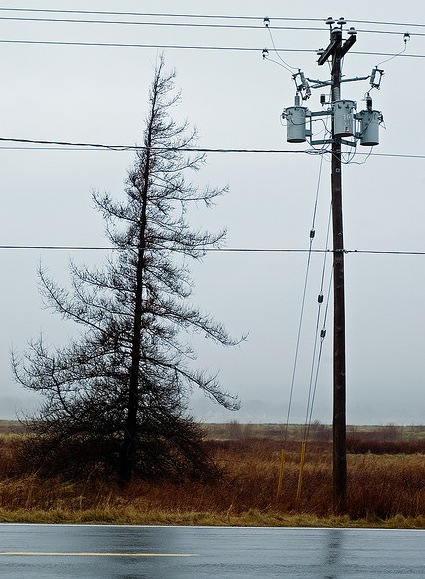Last week, the Nova Scotia Utility and Review Board laid out the parameters of the first phase of its planned review of Nova Scotia Power’s “state of preparedness and response” to hurricane-turned-post-tropical storm Arthur.
While the review is welcome, it is also clear the scope of at least this phase of the review, its tight timelines and the reality NSP is being asked to report on itself means we won’t get quick answers to the bigger questions many of us have been asking about our power company’s exponentially expanding inability to deliver dependable service to its customers.
Questions, such as…
What have been the long-term service and maintenance impacts of transforming NSP from a publicly owned utility into a lightly regulated private venture, and then into a shareholder-driven, cash-cow subsidiary of Emera, NSP’s own unregulated creation, which bills itself as “an international energy and services company with roots in Nova Scotia, Canada”?
How much has NSP spent each year since its 1993 privatization — in inflation-adjusted dollars — clearing and pruning other vegetation hazards around its transmission lines? Compared to before 1993?
How much has NSP spent each year since 1993 on executive bonuses?
Whose bright idea was it to get rid of more than half of the utility’s experienced, boots-on-the-ground linemen over the past 20 years? How has that improved vegetation maintenance and emergency repair service?
How is it that IBEW, the union representing NSP’s linemen, far more accurately predicted Arthur’s devastating impact on electrical service than did NSP’s own executive vice president of customer service (sic). Two days before Arthur made landfall, he claimed the company was “well prepared… We have been monitoring this storm for days and putting our plans in place.”
And, of course, what, precisely, is “salty fog” — that still mysterious NSP-designated cause of a series of significant power outages in 2006 — and could it have caused Arthur too?
We can’t depend on Nova Scotia Power to answer these questions. So, even as the first phase of the UARB review moves forward, the regulatory agency needs to commission an independent audit, not only of the power company’s performance but also of its own role in regulating NSP/Emera and, of course, the curse of the salty fog.
This article first appeared in Stephen Kimber’s Halifax Metro column.
Photo: Wouter Walmink/flickr



